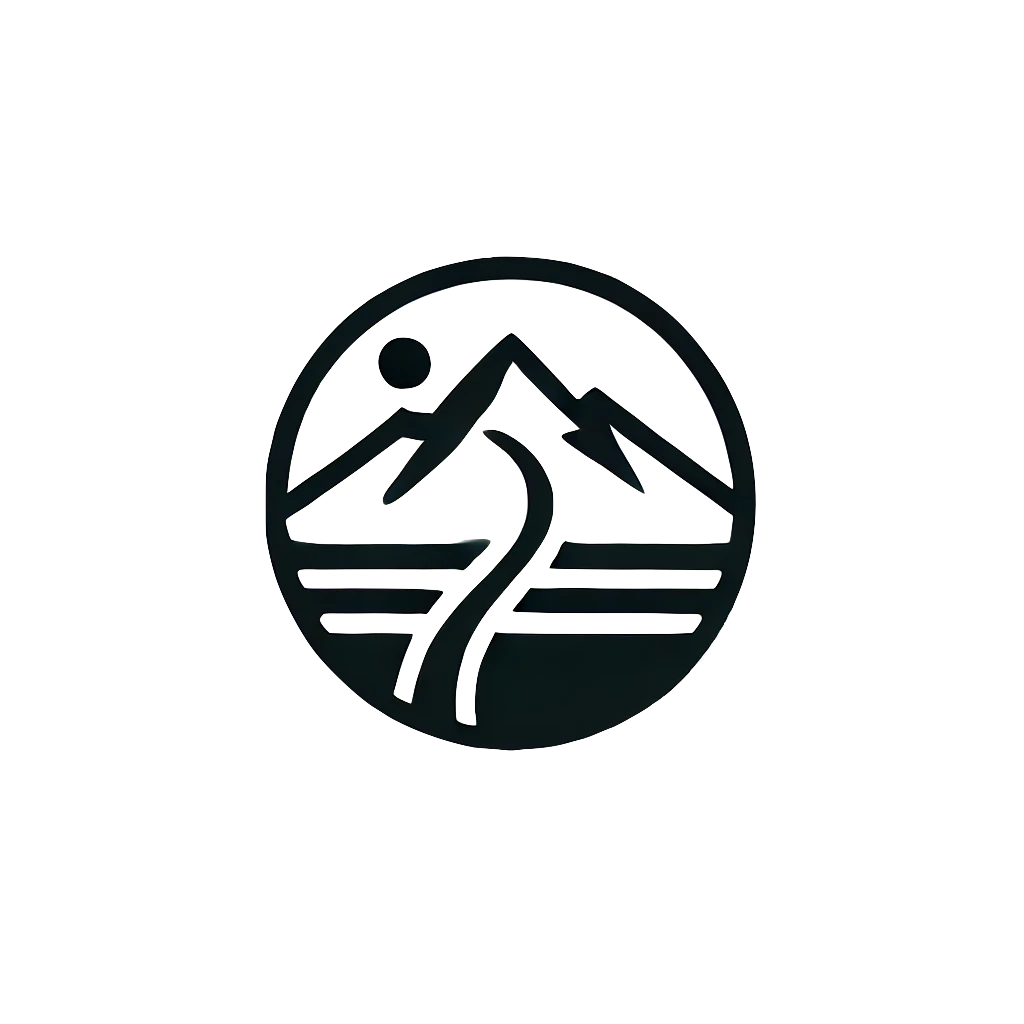
Achieve Realistic Fitness Goals Midlife: Why Emotional Maturity Matters
What Do You Really Want? Honest Fitness Goals for Midlife
At True Grit Fit, we don’t chase social media spectacle. Instead, we ask: what do you really want? What are realistic fitness goals midlife? Many of us in our 40s feel pressured to prove ourselves with Ironmen, ultramarathons, or Himalayan ascents. But without emotional readiness, these grand ambitions can backfire—leading to stress, fatigue, injuries, and emotional exhaustion. It’s time to redefine success: sustainable habits, healthy goals, and progress rooted in who we truly are.
Table of Contents
Why Unrealistic Goals Often Lead to Disappointment
1. The Instagram Mirage:
Social media bombards us with extreme fitness achievements—perfect bodies, intense workouts, awe-inspiring challenges. This often fuels upward social comparisons , skewing our perception of what’s realistic for a 40-something amateur with a full life.
2. Ego-Driven Motivation:
When goals are set for external validation—likes, attention, or “look at me” bragging rights—they’re vulnerable. True fulfillment comes from alignment with personal values, daily life, and long-term well-being.
Mindset Shift: The Power of Realistic, Personal Goals
1. Define what matters to you
Before chasing finish lines or trying to replicate someone else’s highlight reel, ask yourself: what am I really trying to achieve? Is it increased vitality? Better stress management? Improved sleep? Greater strength and confidence in everyday tasks?
When your goals are rooted in internal motivation, they resonate more deeply. They’re not dependent on likes or race medals but rather on how you feel—mentally, emotionally, and physically—day to day. And that’s what gives them real staying power.
As we explore our realistic fitness goals midlife, this question becomes even more essential. The body changes. Priorities shift. Time gets scarcer. That’s why goal-setting must become more intentional, not more extreme.
We covered this in more detail in our article on long-term training programming—a foundational read if you’re serious about aligning your training with your life, not the other way around.
Because when you define what truly matters, it becomes easier to filter out the noise. You’ll find clarity, consistency, and fulfillment—without needing to prove anything to anyone.
2. Measure impact, not comparison.
Progress isn’t about beating others—it’s about becoming a better version of yourself. Personal records (PRs)—like your fastest 5K, longest ride, or most consistent training streak—are deeply motivating milestones. They offer a sense of personal achievement without the toxic pressure of constant comparison.
As you work toward your realistic fitness goals midlife, it’s perfectly acceptable—even beneficial—to benchmark yourself within your age group. These age-based comparisons can provide structure and healthy competition. But beware—many former elite athletes now participate in amateur events. If you’re unaware of someone’s past credentials, their times might look intimidating. You never really know what someone’s background is, so comparisons can become misleading.
Also, if someone ten years younger than you feels triumphant about passing you by a meter on a climb—or barely clinging to your pace in a 10K—that’s not your concern. If anything, it reveals their insecurity. Stay away from that mindset. You’re here to grow, not to entertain someone else’s ego.
Stay committed to your path. Let progress be measured by how well your goals support your life—not how they stack up to someone else’s finish line. That’s the core of sustainable, realistic fitness goals midlife.
3. Prioritize sustainability over spectacle
Extreme challenges like the 75 Hard can be tempting — especially when you’re looking for a quick win or a sense of structure in chaotic times. But as experts warn, rigid, perfection-demanding frameworks often breed burnout, unsustainable routines, and distorted expectations around what progress “should” look like.
And here’s where my background in IT kicks in. There’s a saying we live by:
“The more complex a system, the more likely it is to fail.”
This popular engineering paraphrase of Murphy’s Law applies perfectly to extreme fitness plans. When you’re trying to force a simple outcome (like better health or discipline) through an overly engineered, high-friction approach, you’re actually introducing unnecessary failure points.
Even more insightful is Gall’s Law:
“A complex system that works is invariably found to have evolved from a simple system that worked.”
Translation? If you want long-term success, start small and let it grow. Don’t attempt to hack your life with a complex, unforgiving protocol—especially not in midlife, when energy and recovery windows can shift daily.
If you overcomplicate fitness, you’ll inevitably lose focus on what really moves the needle:
- Sleep
- Recovery
- Proper nutrition
- And a few realistic fitness goals midlife—tailored to your unique life circumstances.
In the end, all of this circles back to discipline and simplicity in everyday actions. That’s where the real wins are. And unlike social-media-fueled extremes, these wins are sustainable.
Blueprint for Midlife Fitness Goals
| Step | Strategy | Why it matters |
|---|---|---|
| 1. Reflect honestly | Ask “Why am I really starting this?” | Aligns goal with personal values |
| 2. Be SMART | Specific, measurable, achievable, relevant, time-bound. | Creates structure without overwhelm |
| 3. Start small, adjust with life | Prioritize consistency—walking, stretching, light strength | Reduces injury risk, builds momentum |
| 4. Celebrate progress | Track early wins: improved sleep, tone, daily energy | Early feedback fosters motivation |
| 5. Embrace flexibility | Miss one day? No reset. Just continue | Reduces pressure and guilt |
Good examples: daily walking (e.g., a “6‑6‑6” challenge) promotes heart, brain and mood health . Or try Operation 66—a more forgiving, sustainable alternative to rigid challenges .
True Stories from Midlife Movers
At 40+, I’ve moved past chasing finish lines. After 13 years of disciplined training, I’ve earned the gift of freedom: every physical activity—running, cycling, strength training, hiking—is available to me. I recently completed a half-marathon for training, not for validation. Without a sub‑2‑hour finish as my benchmark, completing the distance held little meaning. Instead, I chose to “delay”—respecting injury, stress, or family life—then plan thoroughly and run the race later when I’m truly ready.
That mature pause isn’t weakness—it’s wisdom.
Frequently Asked Questions
1. Why should midlife fitness goals differ from younger goals?
Your body’s resilience and recovery change. Goals rooted in longevity, joint health, mobility, and mental steadiness matter more.
2. How can I break free from social media fitness pressure?
Engage with nurturing, non-judgmental communities; unfollow overly flashy, comparison-driven profiles .
3. Is it wrong to want to compete in endurance events?
Not at all—but competing should be intentional, health-centered, and based on readiness, not ego or external pressure.
4. How do I deal with guilt if I don’t train or race?
If a race or training isn’t aligned with your current capacity or values—let it go. Value rest, healing, and emotional readiness equally.
5. Can social media be positive for motivation?
Absolutely—when influencers are seen as trustworthy, authentic, caring, and aligned with your values . But choose carefully.
6. How do I know when I’m truly ready to push further?
Look for signs: consistent energy, recovery, joy in movement, alignment with goals that improve your quality of life.
Conclusion
So, what do you really want?
If you long for purpose, joy, longevity, and sustainable physical well-being, then let emotional maturity guide your goals. Replace hollow spectacle with honest ambition. Build your fitness on values, consistency, and real life.
That’s True Grit Fitness. That’s what real middle-aged grit looks like.






One Comment
Pingback: